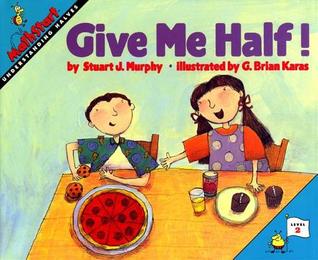
Give Me Half!
Strand
Number
Australian Curriculum Year Level
Year 2, Year 3, Foundation Year, Year 1
Part-Part-Whole
Maths Concepts
Australian Curriculum: Description
This story is about a brother and sister who are asked to share all their food and drink; pizza, cupcakes, drink etc
Teaching ideas
(1) Read the story and describe what's going on in each picture; (2) vocabulary-half, whole, share, divide, divided equally; (3) gather materials (objects, quantities and collections) and discuss how you would halve them; (4) draw pictures of objects in your classroom, and lines to show 'half'
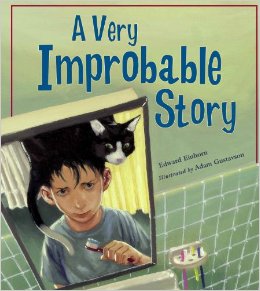
A Very Improbable Story
Strand
Statistics and Probability
Multiplication and Division Triangle
Maths Concepts
Australian Curriculum: Description
This book is a story centered around probability. Ethan goes about his morning routine while his cat friend “odds” teaches him about the probability of choosing two marbles the same colour from a large collection, two matching socks from a small collection and so on.
Teaching ideas
(1) Discuss the history of probability and the mathematicians Blaise Pascal and Pierre de Fermat; (2) "act out" the probability situations from the story to draw conclusions; (3) conduct similar experiments and record results with and without technologies
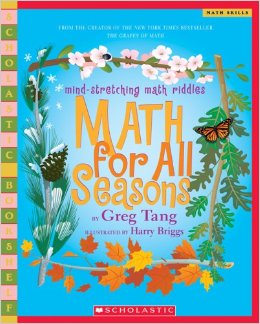
Math for All Seasons
Strand
Number
Australian Curriculum Year Level
Year 2, Year 3, Foundation Year, Year 1
Maths Concepts
Australian Curriculum: Description
This book explores counting up collections of items and objects. The book encourages seeing patterns to make the counting quicker than one-by-one.
Teaching ideas
(1) Prep students can count the objects in the collections within this book; (2) years 1-3 students can be encouraged to 'see the pattern' to help them partition to count up the objects in the quantities quicker; (3) Final pages of the book show the answers using numbers and symbols as well as circles drawn around the collection, year 2s and 3s should be encouraged to set their work out using numbers and symbols
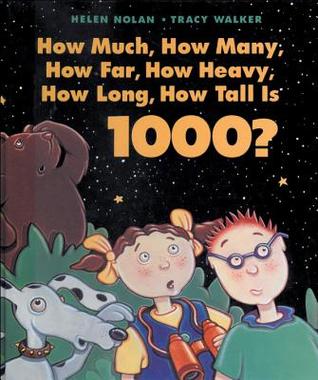
How Much, How Many, How Far, How Heavy, How Long, How Tall is 1000?
Maths Concepts
Australian Curriculum: Description
This book gives a huge variety of contexts to the number one thousand. As the title describes, they explore collections, quantities, distances, weight, length and height as the children in the story try to understand how ‘big’ one thousand really is.
Teaching ideas
(1) Lots and lots of hands-on experience helps students understand large numbers. Use pasta, coins, beads, counters, other manipulatives; (2) using technology students could do a line of 25 'o', then copy and paste it four times to show an array of 100; (3) wrapping paper and patterned fabrics can be used to circle collections too.
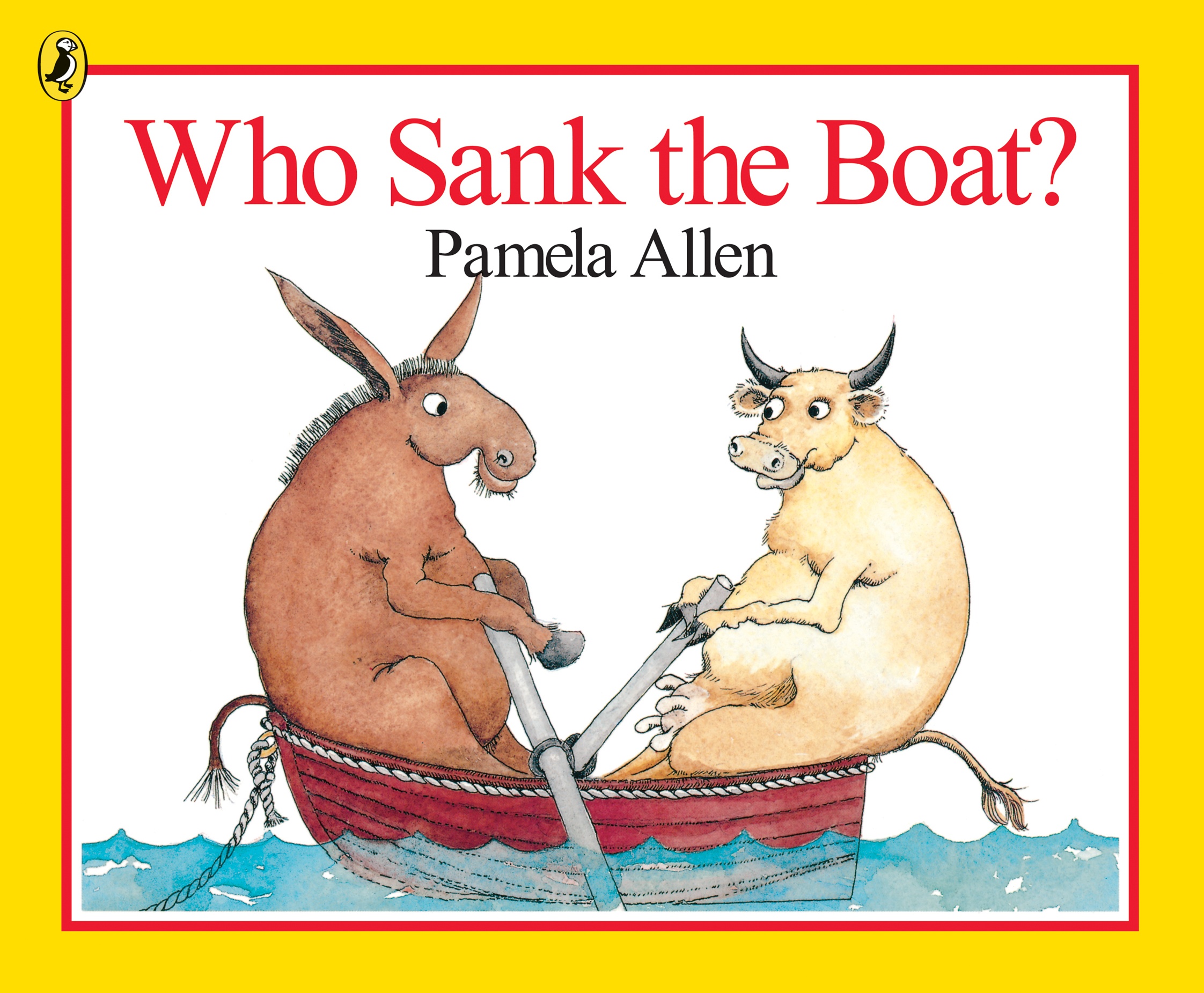
Who Sank the Boat?
Strand
Measurement
Maths Concepts
Australian Curriculum: Description
The story of 5 animal friends who decide to take a boat trip. It all goes pear-shaped when the boat won’t hold all the weight. So, who sinks the boat?
Teaching ideas
Other investigations based on the book; would the order they got in the boat have effected the outcome? Place the animals in order of lightest to heaviest - test your prediction. How would a bigger boat have effected the outcome?
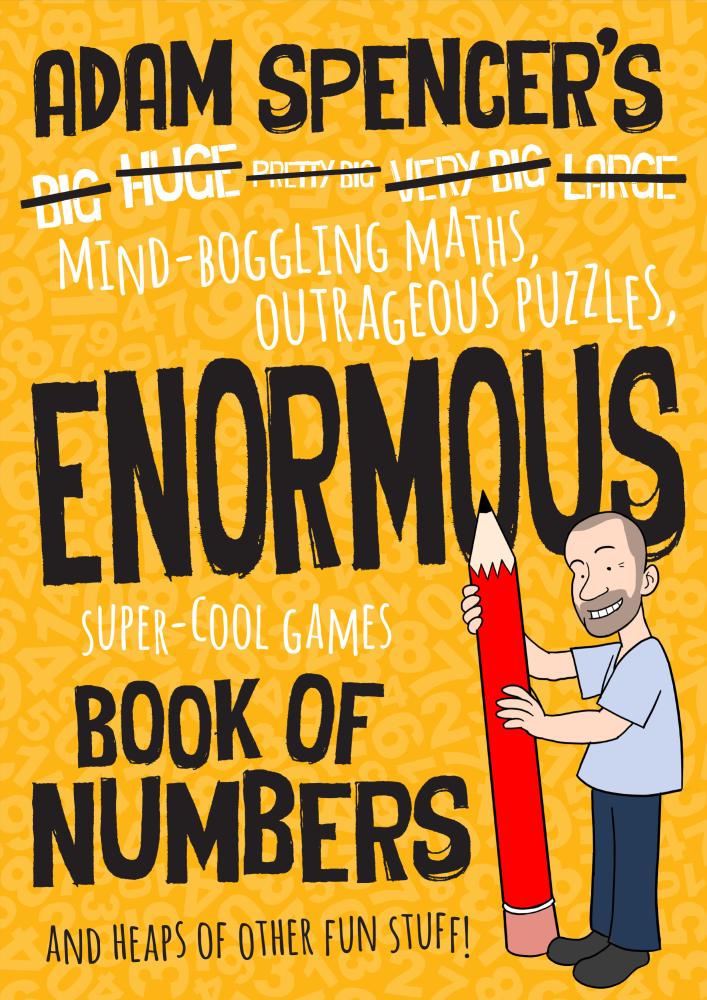
Adam Spencer’s Mind-Boggling Maths, Outrageous Puzzles, Enormous Super-Cool Games Book of Numbers and heaps of other fun stuff!
Strand
Algebra
Australian Curriculum Year Level
Year 5, Year 6, Year 7, Year 2, Year 3, Year 8, Year 4, Foundation Year, Year 1, Year 9
Multiplication and Division Triangle, Part-Part-Whole, Benchmarking, Find the Pattern, Draw what you can't see
Australian Curriculum: Description
Prep-Sort, describe and name familiar two-dimensional shapes and three-dimensional objects in the environment (ACMMG009); YR1-Recognise and classify familiar two-dimensional shapes and three-dimensional objects using obvious features (ACMMG022); YR2-Describe the features of three-dimensional objects (ACMMG043); YR3-Identify symmetry in the environment (ACMMG066); YR4-Investigate number sequences involving multiples of 3, 4, 6, 7, 8, and 9 (ACMNA074); YR5-Use efficient mental and written strategies and apply appropriate digital technologies to solve problems (ACMNA291); YR6-Construct simple prisms and pyramids (ACMMG140); YR7-Draw different views of prisms and solids formed from combinations of prisms (ACMMG161); YR8-Solve a range of problems involving rates and ratios, with and without digital technologies (ACMNA188); YR9-Express numbers in scientific notation (ACMNA210)
Teaching ideas
Real-world application in this book. Cross-curricular links are strong too, science, humanities, music, HPE etc
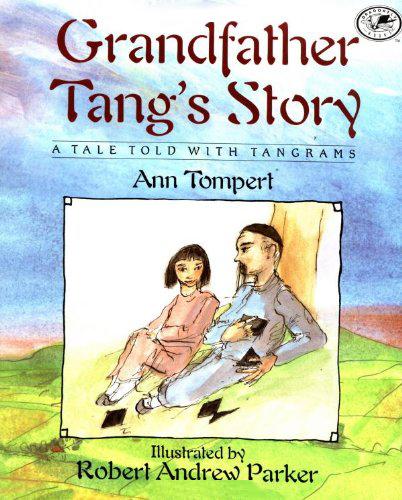
Grandfather Tang’s Story: A tale told with tangrams
Strand
Space
Australian Curriculum: Description
ACMMG009; ACMMG010; ACMMG022; ACMMG042; ACMMG064; ACMMG088; ACMMG089; ACMMG091; ACMMG112; ACMMG113; ACMMG141; ACMMG142; ACMMG165; ACMMG166
Teaching ideas
Constructing tangrams, barrier games, jigsaws, tangram teasers, exploring triangles, oblongs, parallelograms, trapeziums, areas, polygons, hexagons, angles
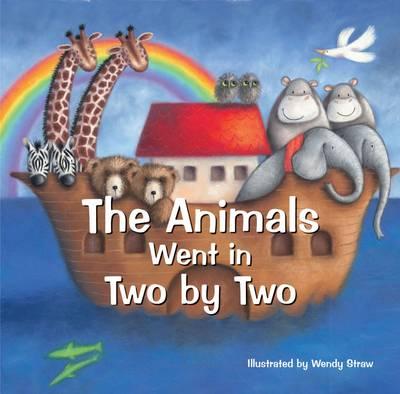
The Animals went in two by two
Maths Concepts
Australian Curriculum: Description
Investigate number sequences, initially those increasing and decreasing by twos, threes, fives and tens from any starting point, then moving to other sequences (ACMNA026)
Teaching ideas
Show students the concept of the jumping kangaroo on the number line. Use the animals from the book to show counting in 2s, 3s, 4s etc on the number line.
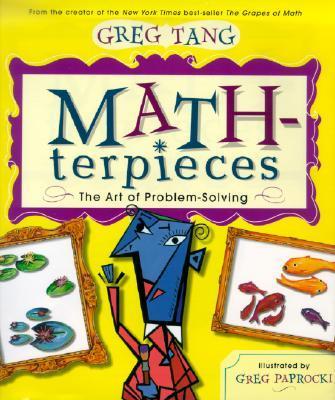
Matherpieces: The Art of Problem-Solving
Strand
Number
Australian Curriculum Year Level
Year 2, Year 3, Foundation Year, Year 1
Maths Concepts
Australian Curriculum: Description
Subitise small collections of objects (ACMNA003); Represent and solve simple addition and subtraction problems using a range of strategies including counting on, partitioning and rearranging parts (ACMNA015); Describe, continue, and create number patterns resulting from performing addition or subtraction
Teaching ideas
Students investigate other situations involing subitising and counting on with and without distractors in routine and non-routine situations. Students could write the number sentences represented by art in this book (representational to abstract).
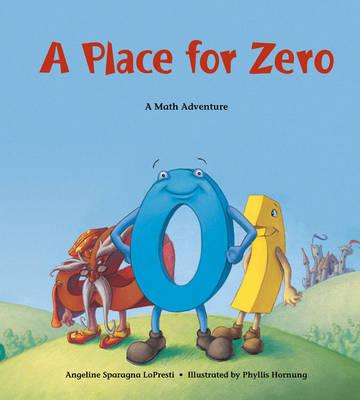
A place for zero
Strand
Number
Australian Curriculum Year Level
Year 2, Year 3, Foundation Year, Year 1
Maths Concepts
Australian Curriculum: Description
Establish understanding of the language and processes of counting by naming numbers in sequences, initially to and from 20, moving from any starting point (ACMNA001); Connect number names, numerals and quantities, including zero, initially up to 10 and then beyond (ACMNA002); Yr1-Recognise, model, read, write and order numbers to at least 100. Locate these numbers on a number line (ACMNA013); Yr2-Recognise, model, represent and order numbers to at least 1000 (ACMNA027); Yr3-Recall multiplication facts of two, three, five and ten and related division facts (ACMNA056)
